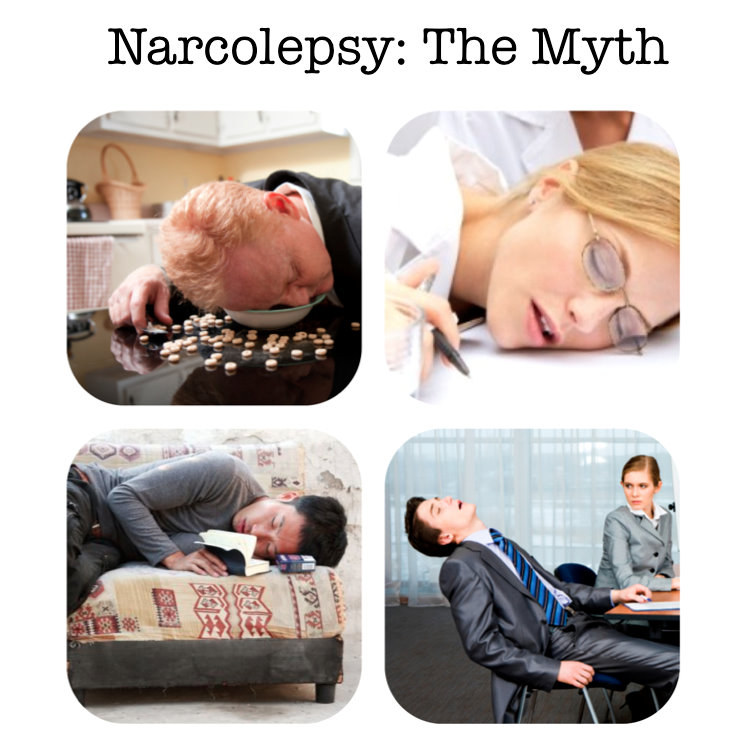'The kick-off to Goodhind's new mystery series - fast moving with
a likeable heroine and an impeccably rendered Bath background...'
--Kirkus Reviews
'Sometimes it is the location alone makes you curious about a detective novel....Jean G Goodhind in her debut novel has added much more than that - a droll plot and a lot of British humour...' --Brigitte Magazine
'Sometimes it is the location alone makes you curious about a detective novel....Jean G Goodhind in her debut novel has added much more than that - a droll plot and a lot of British humour...' --Brigitte Magazine
An Ok kind of book, a little slow.
Product Description
'The kick-off to Goodhind's new mystery series - fast moving with a likeableheroine and an impeccably rendered Bath background...' Kirkus Reviews
First title in the Honey Driver Murder Mystery series based in Bath, England.
Honey Driver runs a hotel in Bath. She also collects antique underwear. As boss, she's in charge one day and washing dishes the next, resisting her mother's match-making attempts and managing multiple responsibilities - mundane, safe, and unexciting. Then one day things change. Honey lands the job of liaising with the police on behalf of Bath Hotels Association. No worries, she tells herself. Nothing will happen; then an American tourist goes missing and Honey is called in to help.
Despite the on/off hostility of her police opposite number, D C I Steve Doherty, she sticks to the task. In the process Honey finds out that there's more to work than washing dishes, and more to murder than malice aforethought.
Jean G. Goodhind is a popular writer of women’s fiction, romance and comedy. For many years she owned and ran a haunted guest house on the outskirts of Bath and was one of the founder members of the Bath Hotel and Restaurant Association. Her experiences inspired the international bestselling Honey Driver series. She has won a BBC Radio award for scriptwriting. She also writes women’s fiction as Lizzie Lane and has writes a regular column for the Western Daily Press.
 The diet buzz phrase of the moment is intermittent
fasting, otherwise known as the 5:2 diet. Fasting is a concept that has
been practiced for thousands of years, but until recently it hasn't had
much scientific backing. Books on the topic were hugely popular last
Christmas and it's easy to see why. Intermittent fasting has a lot more
going for it than your run of the mill celeb endorsements. Not only does
it improve your weight loss, it also benefits your health. Sounds fool
proof, but do you fancy starving yourself twice a week?
The diet buzz phrase of the moment is intermittent
fasting, otherwise known as the 5:2 diet. Fasting is a concept that has
been practiced for thousands of years, but until recently it hasn't had
much scientific backing. Books on the topic were hugely popular last
Christmas and it's easy to see why. Intermittent fasting has a lot more
going for it than your run of the mill celeb endorsements. Not only does
it improve your weight loss, it also benefits your health. Sounds fool
proof, but do you fancy starving yourself twice a week?
